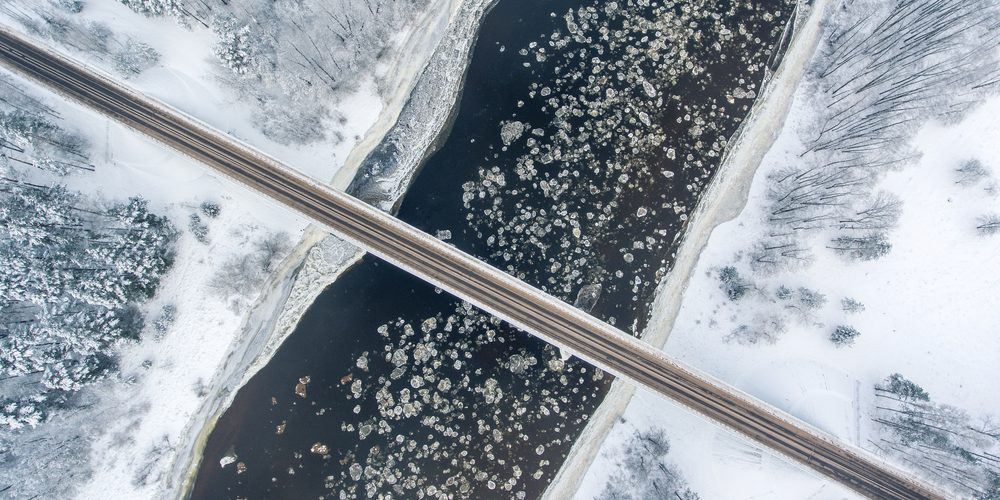Winter is fast approaching. Are you looking for ways to make snow and ice removal from bridges and roads in your area faster, safer and more efficient? Check out these cutting-edge ideas that can help make your road crews more effective.
1. Learn from delivery companies.
Who is better at getting from one place to another — even in challenging conditions — than UPS and FedEx drivers? It’s their job to reach their destinations quickly so they can deliver packages on time.
These companies use mapping software that helps drivers identify options to get through neighborhoods via the fastest and most efficient routes possible. It does things like find ways to avoid left turns, which can slow things down, especially at busy intersections. It also alerts drivers to accidents and traffic jams. The software is backed-up by centralized local dispatch operations that also look out for potential traffic problems and opportunities to speed things up.
The same tactics that help get packages delivered on time can be used to keep drivers safe in the worst weather conditions. Local agencies can leverage them to speed-up snow plowing and de-icing efforts and identify issues related to getting equipment to where it needs to be.
2. Make ongoing driver training a priority.
Driver training for plow and other equipment operators isn’t once-and-done. Whenever routes are changed or when new equipment or technology is introduced, municipalities should educate drivers on the best ways to navigate safely and efficiently in all types of weather. This will help ensure bridges and roads will be cleared, even in the worst ice and snow storms.
3. Leverage big data.
Data is collected all the time today, whenever someone makes a transaction, travels somewhere or communicates with others. Municipalities can leverage data to improve their winter storm mitigation efforts. Simply install GPS devices on the vehicles in your fleet. Once you do, you’ll be able to collect information from each one, monitor it in real time and record it. It will ensure that roads or bridges aren’t missed and snow removal and de-icing plans are being carried out as intended. Plus, reviewing data after storms can help identify inefficiencies and opportunities forimprovement.
4. Crowd source information.
The people living — and driving — in your area can be a great source of real-time information about what’s happening on bridges and roads during storms. Why not ask them to share it with you through social media, email or text? It’s a great way to double check whether your road crews are keeping up with weather conditions. It can also help identify emergencies as they happen so you can warn others.
Remember: Tell people not to text, email or make hands-on calls while driving.
5. Use sensors to understand what’s happening on bridges and roads.
Why depend on data from weather agencies and other outside sources when you can generate your own, especially about conditions on vulnerable structures like bridges? Many municipalities install sensors on their vehicles, bridges and roads to monitor weather-related conditions, including:
- How much ice and snow is building up
- Temperature in real-time
- The amount of salt and other chemicals being used.
The data collected gives fleet managers and municipal leaders the information required to make timely decisions and set priorities. It also helps municipalities warn the public about dangerous situations they should avoid.
6. Look to the past to plan for the future.
In most places, there is a hundred years worth of historic weather data — more or less — that experts can use to predict what could occur during storms happening today. At a time when most municipalities have limited budgets for bridge and road weather maintenance, this information could make a big difference when it comes to setting priorities and deciding how to deploy assets.

